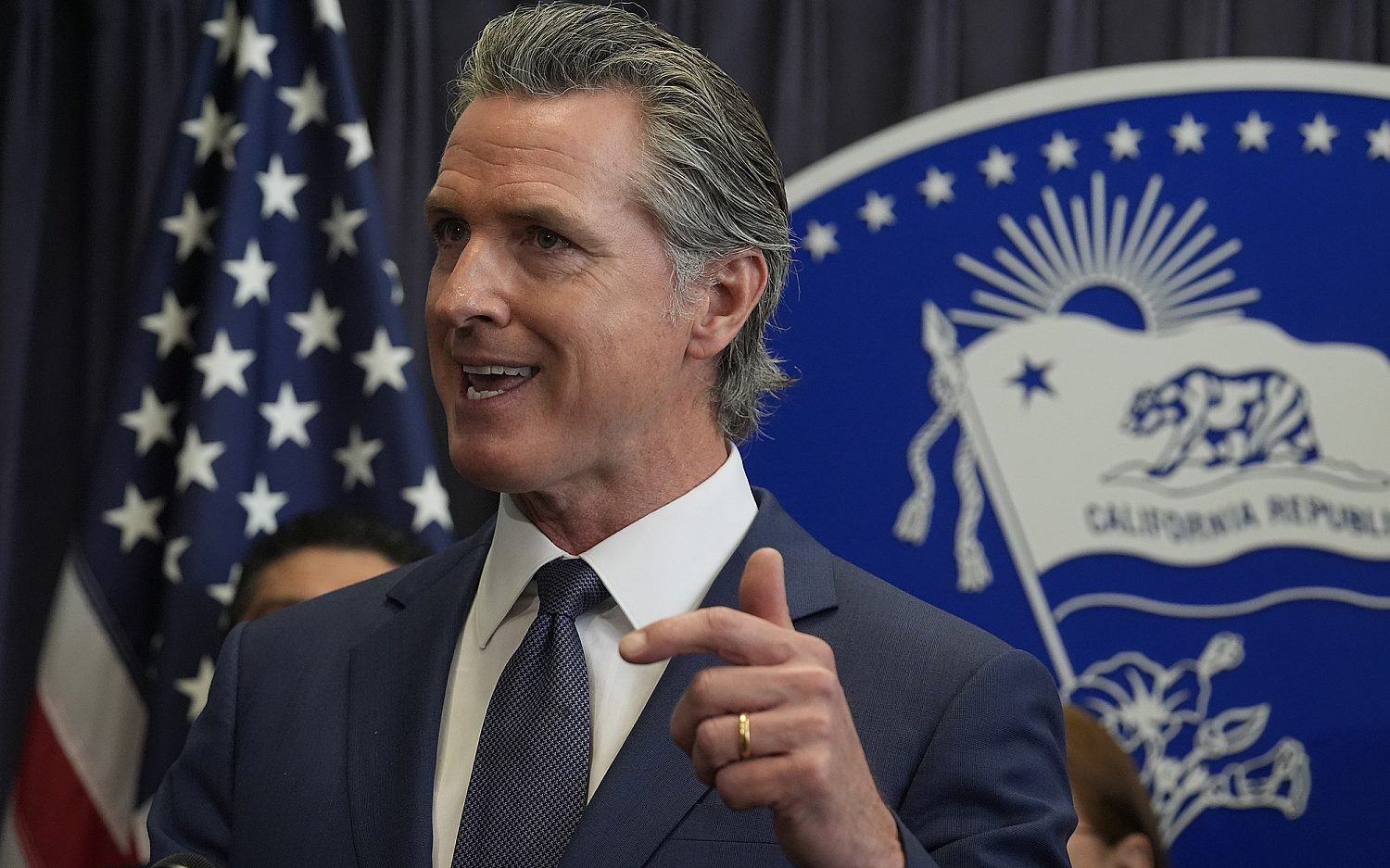Safer at home
With the game tied 6-6 in the 12th inning, Miami Marlins shortstop Emilio Bonifacio hit a sacrifice fly to right field. The runner on third base, Scott Cousins, tagged and ran toward home plate, barreling into San Francisco Giants catcher Buster Posey to score the go-ahead run in this May 2011 contest. Posey remained on the ground writhing in pain, and within minutes, Giants medical personnel were helping the All-Star catcher off the field. His right leg was broken, and several ligaments in his ankle were severely strained. Posey would miss the rest of the 2011 season recovering from that injury, and the reigning World Series champion Marlins would miss the playoffs.
“If I never hear from Cousins again, or if he never plays another game in the big leagues, I think we’ll all be happy,” Giants general manager Brian Sabean said in a radio interview after the game, later referring to the play as “malicious.”
Cousins issued a statement expressing regret for Posey’s injury, but also noting that “the play was clean and totally within the rules of the game.”
Now, more than two years later, the rules of the game are changing. New York Mets general manager Sandy Alderson, chairman of the Major League Baseball Playing Rules Committee, announced last week that baseball would ban home plate collisions by 2015, adding that the rule could go into effect as early as the upcoming season.
St. Louis Cardinals manager and former catcher Mike Matheny has led the way in recent years to abolish home plate collisions. Throughout most of his career, Matheny believed baseball’s rules should stay the way they were, but after suffering a career-ending concussion in 2007 he reversed his opinion. “What I personally witnessed is enough to change my mind,” Matheny told the St. Louis Post-Dispatch during spring training. “It took me a little longer to get to the realization of the risk we’re putting these guys in.”
While reaction from major league players has been mostly positive, several current and former players noted that home plate collisions demand an admirable toughness from a catcher. With a ban on collisions, this trait will no longer be as important to the position.
All-time hit leader Pete Rose, who was involved in one of baseball’s most famous collisions with catcher Ray Fosse in the 1970 All-Star Game, spoke out vehemently against the rule. “You’re not allowed to pitch inside. The hitters wear more armor than the Humvees in Afghanistan. Now you’re not allowed to try to be safe at home plate?” he told the Associated Press last week. “What’s the game coming to? Evidently the guys making all these rules never played the game of baseball.”
Major League Baseball still must decide how specifically to define a “home plate collision” and how to enforce the new rule. “I’m proud of the league for taking a step forward,” Matheny said at baseball’s winter meetings last week. “I just believe it’s something that we can’t turn a blind eye to what’s going on in these other sports.”
An actual newsletter worth subscribing to instead of just a collection of links. —Adam
Sign up to receive The Sift email newsletter each weekday morning for the latest headlines from WORLD’s breaking news team.




Please wait while we load the latest comments...
Comments
Please register, subscribe, or log in to comment on this article.